| | | | | | | Presented By Merck | | | | Axios Science | | By Alison Snyder ·Jun 24, 2021 | | This week's newsletter — about international science collaboration, astronaut radiation limits, stem cell therapies and more — is 1,664 words, a 6-minute read. | | | | | | 1 big thing: A new world order for science |  | | | Illustration: Sarah Grillo/Axios | | | | The world's scientific power centers have shifted — and now researchers and nations collaborating on science with the U.S. and China face getting caught up in their broader competition. Why it matters: Both the U.S. and China are linked to other global research players that are poised to shape science and innovation in the coming decades — and that would feel the ripple effects of partnerships frayed by geopolitics. The big picture: In 1999, the U.S. dominated publication output — a metric of intense focus in science — but by 2019, the global picture had changed dramatically, according to a recent report by researchers at Georgetown University's Center for Security and Emerging Technology. - Today there is no one country that dominates overall. China, the U.S. and the EU are each leaders in a handful of fields. Breaking down those fields further reveals countries other than the U.S. and China — dominated by the EU as a bloc but also India, Japan and South Korea — produce more than one-third of the world's publications.
- A Nature analysis published last week suggested the growth of collaborations between the U.S. and China, which are among each other's top scientific collaborators, may be slowing, whereas "the share of papers [from China] co-authored with some other nations, such as the United Kingdom and Australia, is rising."
- Both Nature and CSET found an increase in international collaborations involving three or more nations. But some countries — Australia, for example — have higher levels of collaboration with three or more countries.
"A one-size-fits-all approach to research security and international collaboration will not be effective," the CSET authors write. Driving the news: Science is front and center in a massive bill focused on U.S. competition with China that passed the Senate and is now being considered by the House. Between the lines: The new analyses underscore how interconnected science is today, in large part due to bottom-up collaborations between researchers and "big science" that brings researchers together around equipment, like the Large Hadron Collider particle accelerator. - "It's not possible to decouple the U.S. from our international engagements. It is one system," says Caroline Wagner, who studies international science collaboration at Ohio State University.
- Countries that collaborate with both the U.S. and China to tap infrastructure, equipment and deep expertise from a limited number of experts in specialized fields face complicated choices that may come at a cost to their domestic science programs, says Melissa Flagg, a senior research fellow at CSET and an author of the report.
What to watch: How the U.S.'s and China's collaborators proceed under geopolitical pressure. - The U.S. and U.K. recently announced an agreement to increase collaboration for emerging technologies, including AI, quantum computing and batteries, and to develop norms and standards for data sharing.
- But countries in the EU, a science stronghold, "increasingly see a third possible path: Don't pick either behemoth. Let's pick ourselves and create our own ecosystems," Flagg says.
- Australia is in a trickier spot. Its alliance with the U.S. provides security, but it also benefits from scientific collaborations with both the U.S. and, increasingly, China.
The bottom line: "This idea of decoupling isn't a choice we make by ourselves," Flagg says of the U.S. "And it is a difficult choice to ask others to make." |     | | | | | | 2. Report: NASA should change astronaut radiation limits | 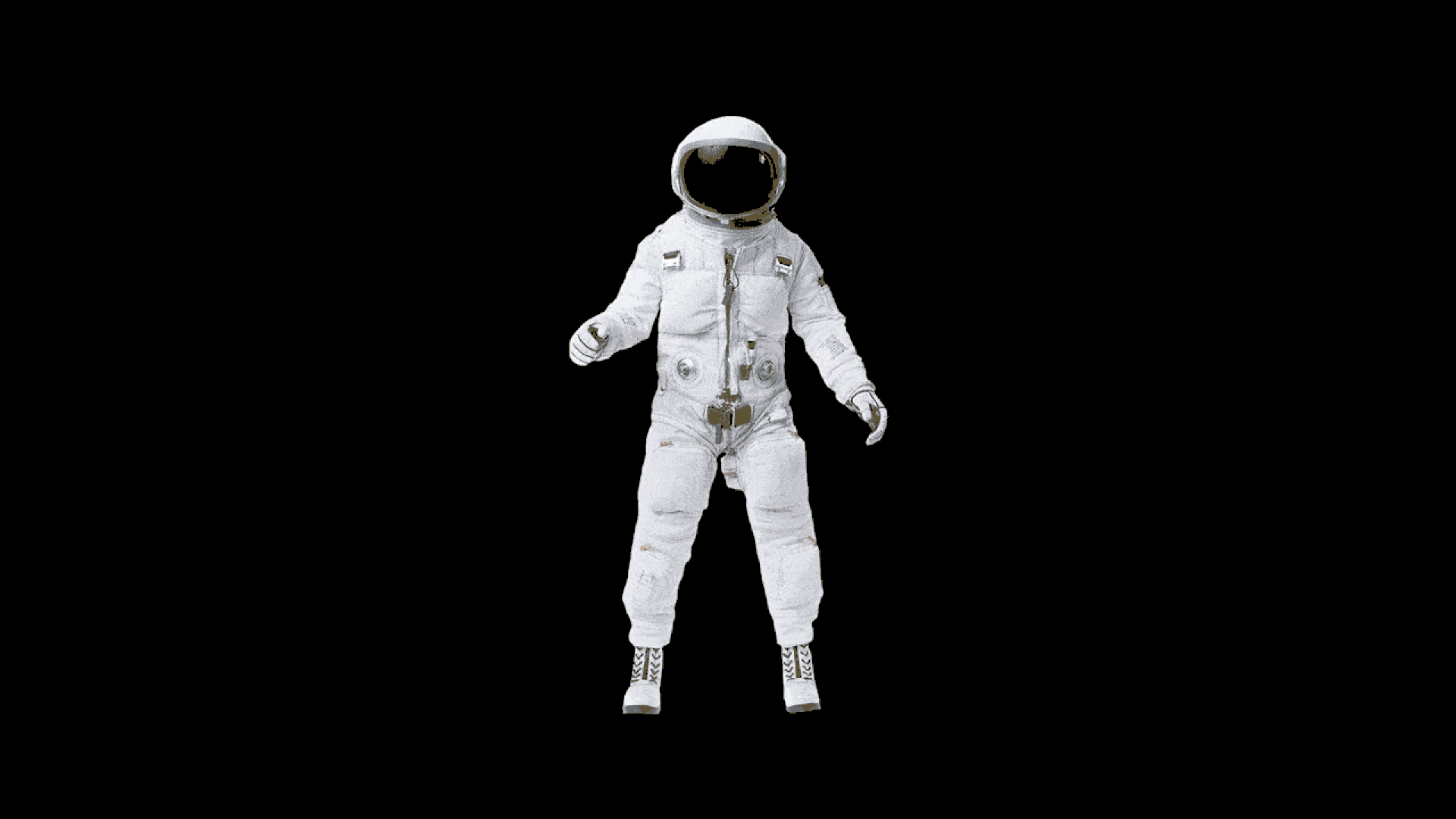 | | | Illustration: Aïda Amer/Axios | | | | NASA should update its radiation limits for all astronauts as it considers sending people on long-duration missions to destinations like Mars, according to a new report from the National Academies of Sciences, per Axios' Miriam Kramer. Why it matters: The new report found that NASA's proposal to use a blanket career-long dose of radiation as its limit for all astronauts regardless of age or gender will allow all astronauts to have an equal opportunity to fly. - Radiation exposure is a major risk for astronauts, who, when exposed especially to high-energy galactic cosmic rays in deep space, can be at increased risk of developing cancer, cognitive issues and cardiovascular problems.
What's happening: At the moment, radiation exposure is considered a higher risk for female astronauts, setting their lifetime allowable doses lower than men and limiting opportunities to fly. - By setting the allowable dose at about 600 millisieverts for everyone, it will level the playing field, allowing for more flight opportunities for women.
- "As science on radiation-related cancer risk is constantly evolving, NASA has an important opportunity to revisit its space radiation health standard," Hedvig Hricak, chair of the committee that wrote the report, said in a statement.
Yes, but: A mission to Mars would likely require the career-long limits on radiation to be exceeded, even at the proposed new standard, according to the report. - The report suggests that NASA will need to ask astronauts to sign a waiver for radiation-related health issues in order to crew these missions ethically.
- NASA should also work to clearly communicate radiation risks specifically to individual astronauts, even with the proposed change to the radiation limits, the report says.
Sign up here to receive Miriam's weekly newsletter, Axios Space. |     | | | | | | 3. Catch up quick on COVID-19 | 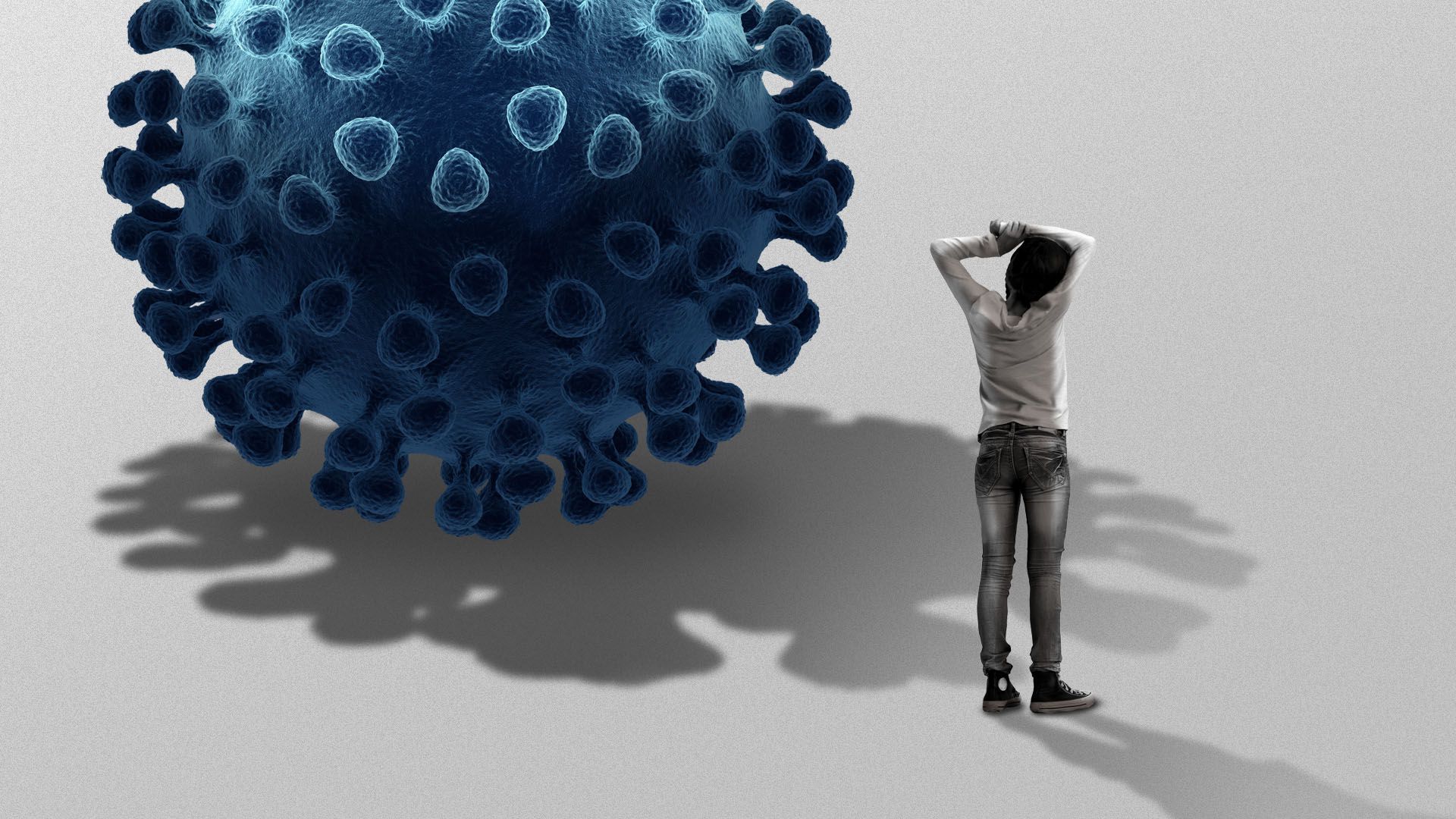 | | | Illustration: Sarah Grillo/Axios | | | | Children can develop long COVID, but researchers are struggling to determine their risk, Axios' Caitlin Owens reports. The CDC found that a rare but treatable heart inflammation is likely associated with COVID-19 mRNA vaccines, especially in adolescents and young adults, Axios' Marisa Fernandez reports. But the benefits of vaccination outweigh the risks, they said. The White House will likely miss its July 4th goal of administering at least one dose of COVID-19 vaccines to 70% of American adults. Coronavirus "supervariants could bring the world back to square one," epidemiologist Larry Brilliant and others warn in a new piece in Foreign Affairs that offers strategies for the long fight against COVID-19. |     | | | | | | A message from Merck | | Leaders are confident that leisure and travel will make a comeback | | |  | | | | The rise of COVID-19 vaccination rates is encouraging many Americans to go out to restaurants, see movies and take vacations. Teal Talks' latest episode gathers leaders to discuss how the cinema, restaurants and cruise industries are poised for a comeback in a post-pandemic era. Watch now. | | | | | | 4. The growing global "infodemic" around stem cell therapies | 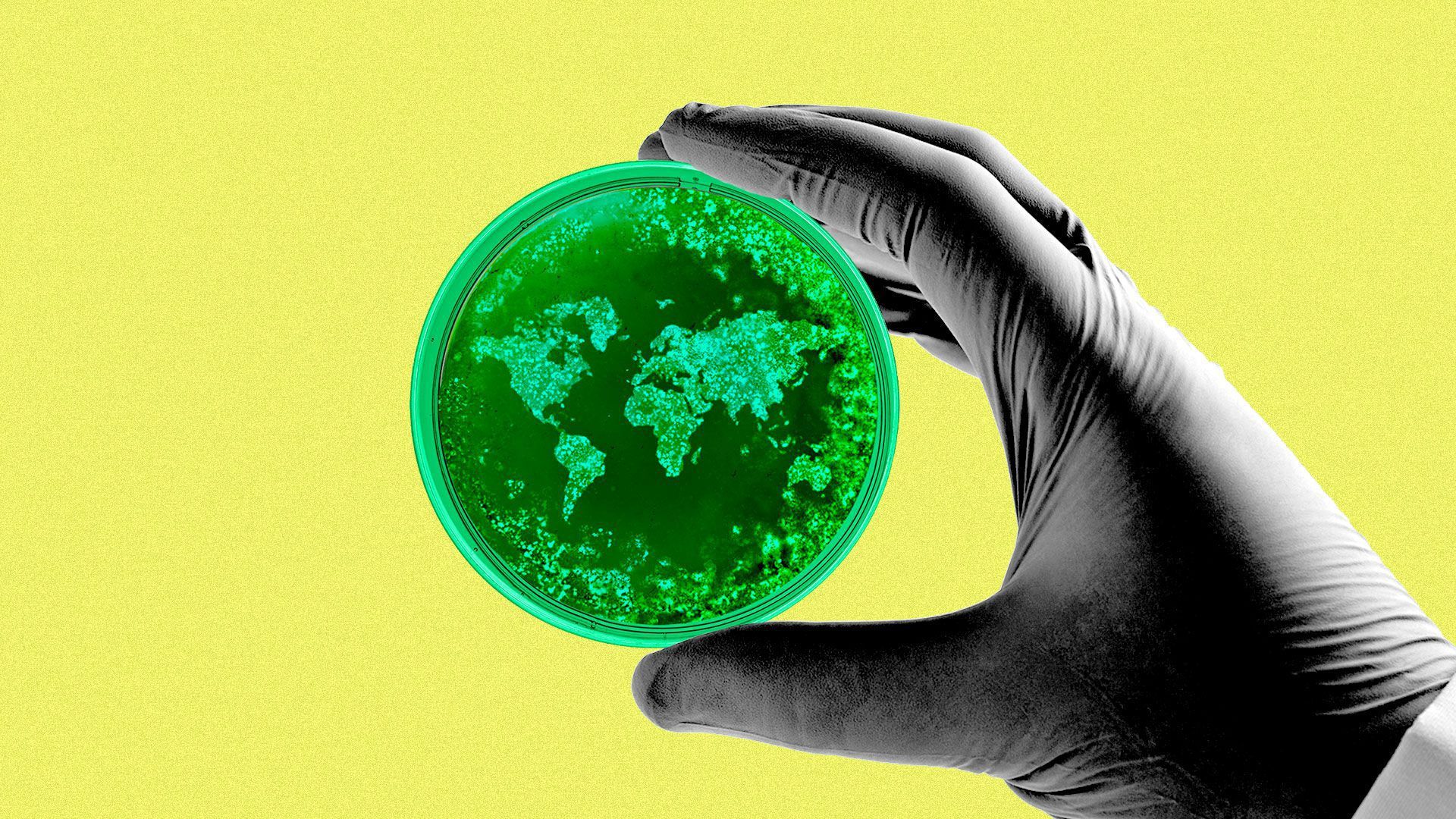 | | | Illustration: Aïda Amer/Axios | | | | An industry centered around unproven stem cell therapies is flourishing due to misinformation, Axios' Eileen Drage O'Reilly reports. Why it matters: Stem cells offer a tantalizing potential to address Parkinson's, ALS, cancers and more. But only a small number of therapies have been found safe and effective through clinical trials and misinformation about them continues to proliferate. What's happening: Not only are people sometimes losing tens of thousands of dollars for unproven therapies, but some have reported suffering permanent damage like blindness, pulmonary embolism or tumor growth, says Leigh Turner of the University of Minnesota's Center for Bioethics. - Using unproven therapies may also exclude people from clinical trials, causing them to lose that potential treatment option, as well as damaging scientific discoveries by limiting trial participants, Turner adds.
The latest: The Pew Charitable Trusts issued a brief in early June that describes a rising number of reported adverse events and reveals that there are more than 700 U.S. clinics offering unapproved stem cell and regenerative medicine interventions. - "There is an infodemic in this area; it's run by misinformation," says Zubin Master of the Mayo Clinic's Biomedical Ethics Research Program and the Center for Regenerative Medicine.
Regulatory agencies like the FDA need to crack down on these misinformation campaigns, several experts say. - The FDA established a regenerative medicine policy framework in November 2017, but it gave a long "discretion" period of three years that was extended another half year due to the pandemic, to May 31. The agency currently has only a short list of approved cellular and gene therapy products.
- Peter Marks, director of FDA's Center for Biologics Evaluation and Research, tells Axios, "During that three and a half year period, we did take compliance and enforcement actions to protect the public health."
- Some believe the FDA will crack down now that the discretion period is over.
Read the entire story. |     | | | | | | 5. Worthy of your time | 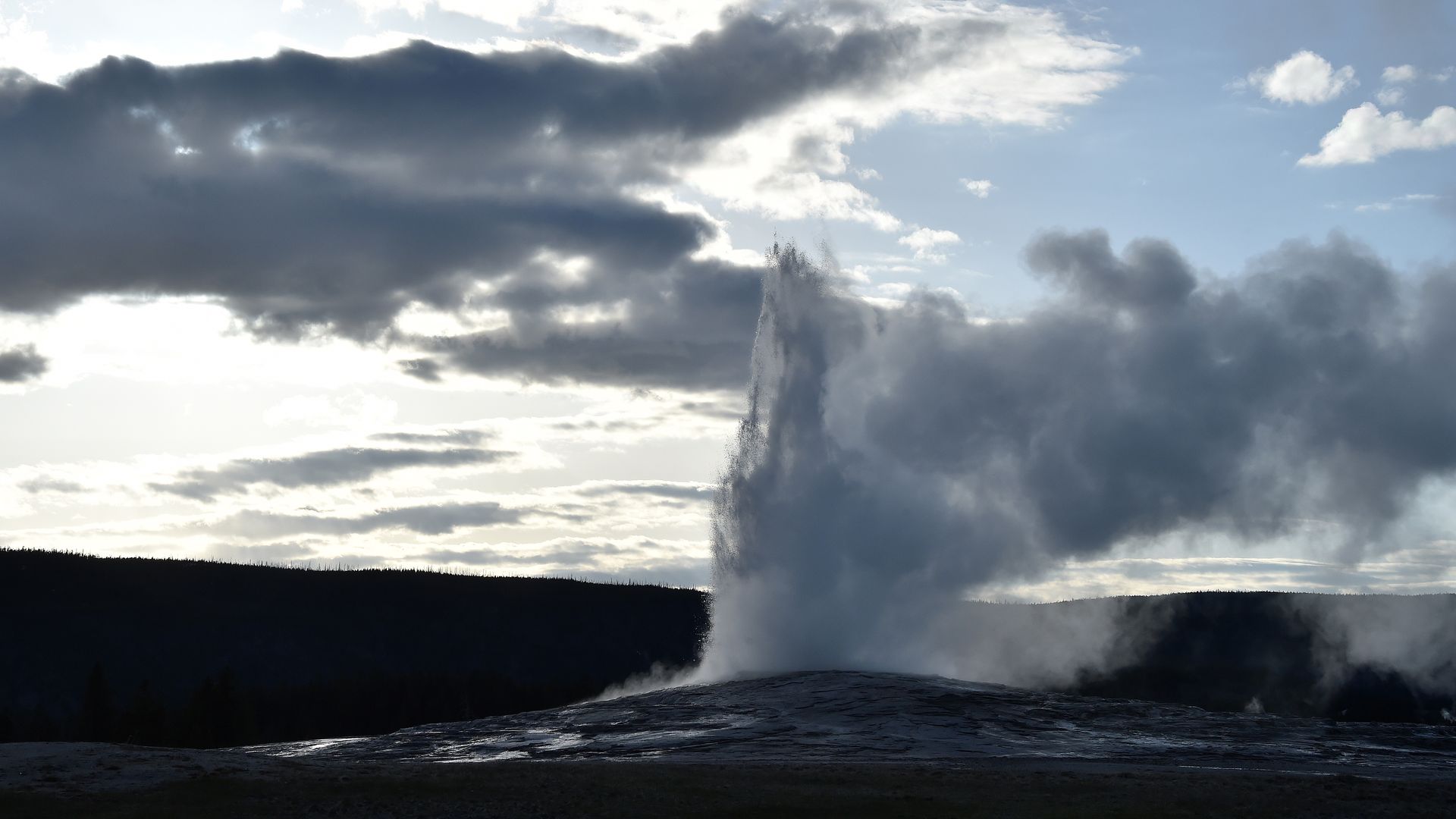 | | | Old Faithful geyser erupts in Yellowstone National Park in May, 2016. Photo: MLADEN ANTONOV/AFP via Getty Images | | | | Yellowstone and warming: An iconic park faces startling changes (Adam Popescu — E360) Secret workings of smell receptors revealed for first time (Jordana Cepelewicz — Quanta) Gray hair can return to its original color — and stress is involved, of course (Diana Kwon — Scientific American) When an eel climbs a ramp to eat squid from a clamp, that's a moray (Sabrina Imbler — NYT) |     | | | | | | 6. Something wondrous |  | | | Earth and the Moon as seen from Mars. Photo: NASA/JPL-Caltech/Univ. of Arizona | | | | Twenty-nine potentially habitable planets orbiting relatively nearby stars were in a position to spot Earth in the past 5,000 years and possibly detect radio waves from our planet, according to a new study. Why it matters: If intelligent life is out there, chances are it's searching for us too, and any theoretical astronomers on these worlds would have been in a position to observe our planet in much the same way as Earthlings study distant stars and planets today, Miriam writes. What they found: The new study, in the journal Nature, used a database of 331,312 stars within 300 light-years to show that 1,715 stars have been in a position to see Earth in the last 5,000 years, with 319 other stars expected to be able to see our world in the next 5,000 years. - The researchers also found about 75 stars are close enough to Earth that any radio waves sent out from our world could have reached them and possibly been detected, the same method used by SETI researchers to search for signs of intelligent life.
- "We can't search everywhere and so this is the best input target list now for anyone interested in potentially habitable worlds that can see us as a transiting planet," Cornell University astronomer Lisa Kaltenegger, an author of the new study, told Axios via email.
Yes, but: Just because these theoretical alien astronomers might have Earth in a database of potentially habitable planets doesn't mean they would know for sure that we're here or that they could reach us. - Astronomers don't currently have the technology to confirm a truly Earth-like world somewhere out there in the universe, but future space telescopes being proposed now could allow researchers to detect habitable exoplanets in the future.
The big question, Kaltenegger says: "if someone had found us already, I wonder what they would think about us?" |     | | | | | | A message from Merck | | Thought leaders + bold conversations = Teal Talks | | | 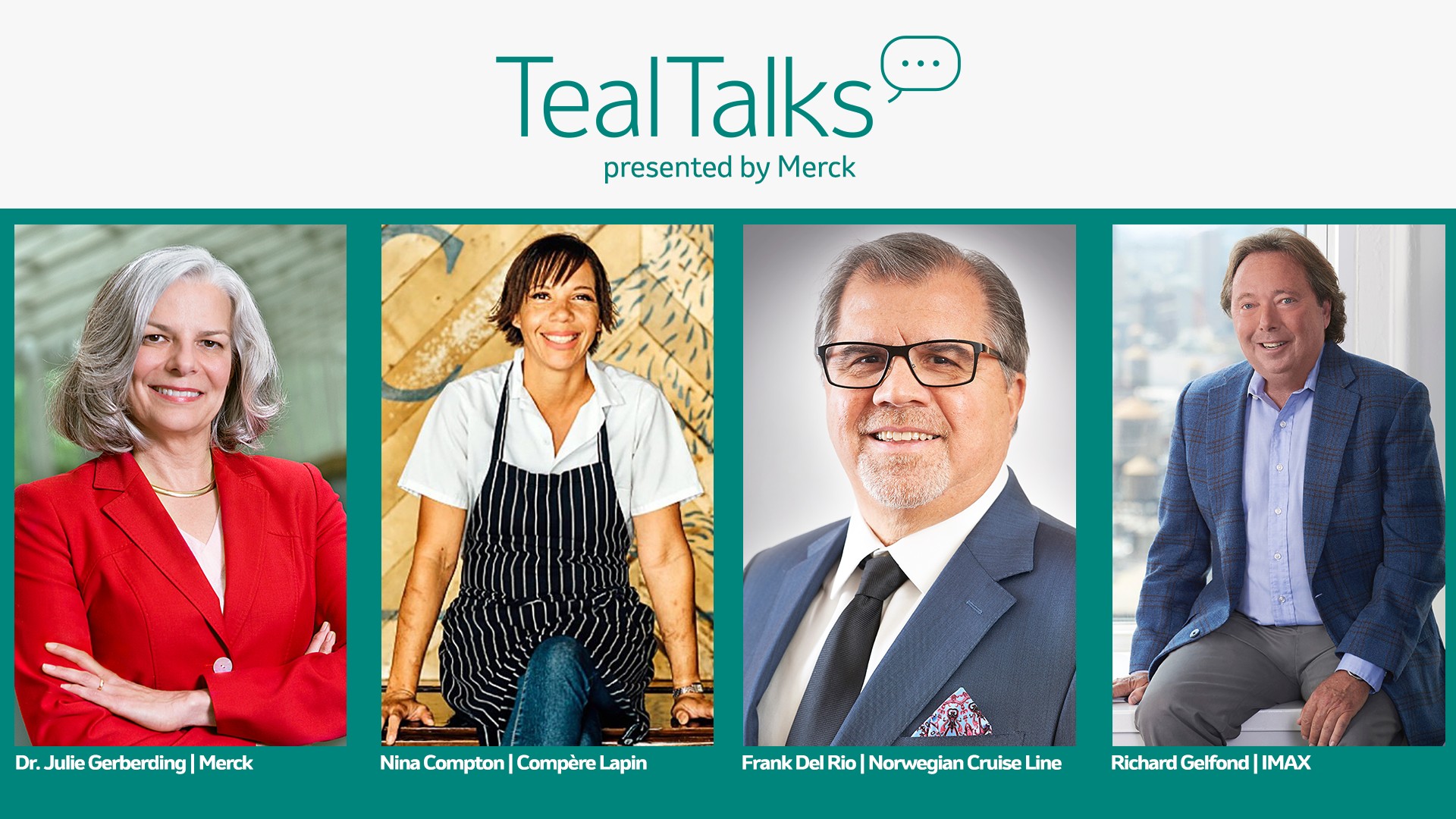 | | | | Merck launched a new digital series that focuses on health, policy and business trends in a post-COVID-19 world. The idea: Teal Talks provides key insights on the state of the world through bold, intelligent conversations with key influencers, experts and leaders from around the world. | | |  | | The tool and templates you need for more engaging team updates. | | | | | | Axios thanks our partners for supporting our newsletters. If you're interested in advertising, learn more here.
Sponsorship has no influence on editorial content. Axios, 3100 Clarendon Blvd, Suite 1300, Arlington VA 22201 | | | You received this email because you signed up for newsletters from Axios.
Change your preferences or unsubscribe here. | | | Was this email forwarded to you?
Sign up now to get Axios in your inbox. | | | | Follow Axios on social media:    | | | | | |










No comments:
Post a Comment